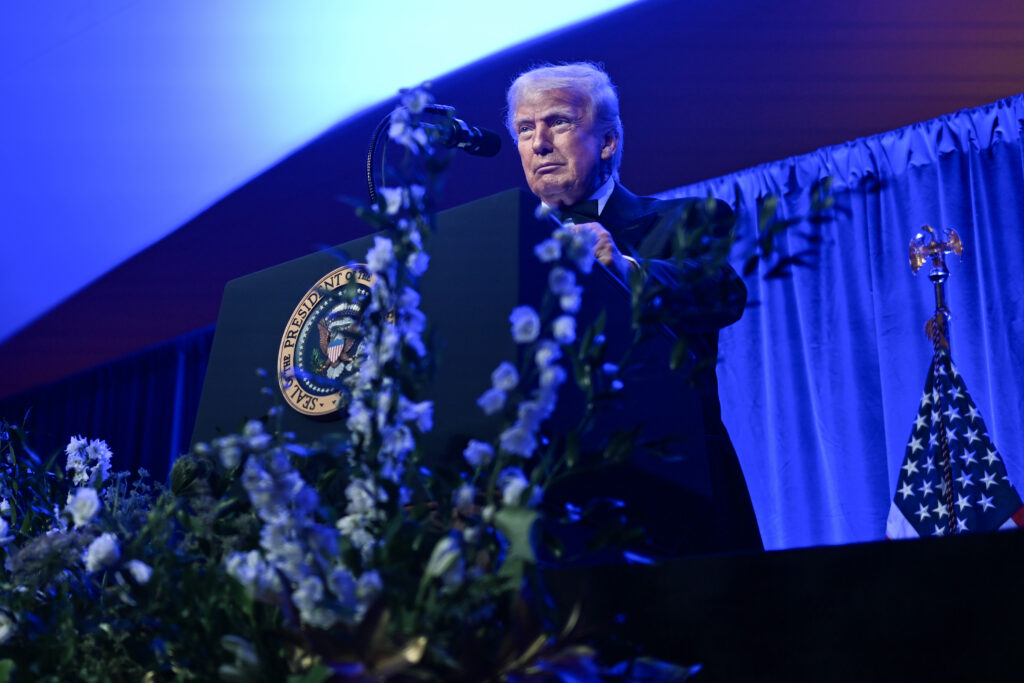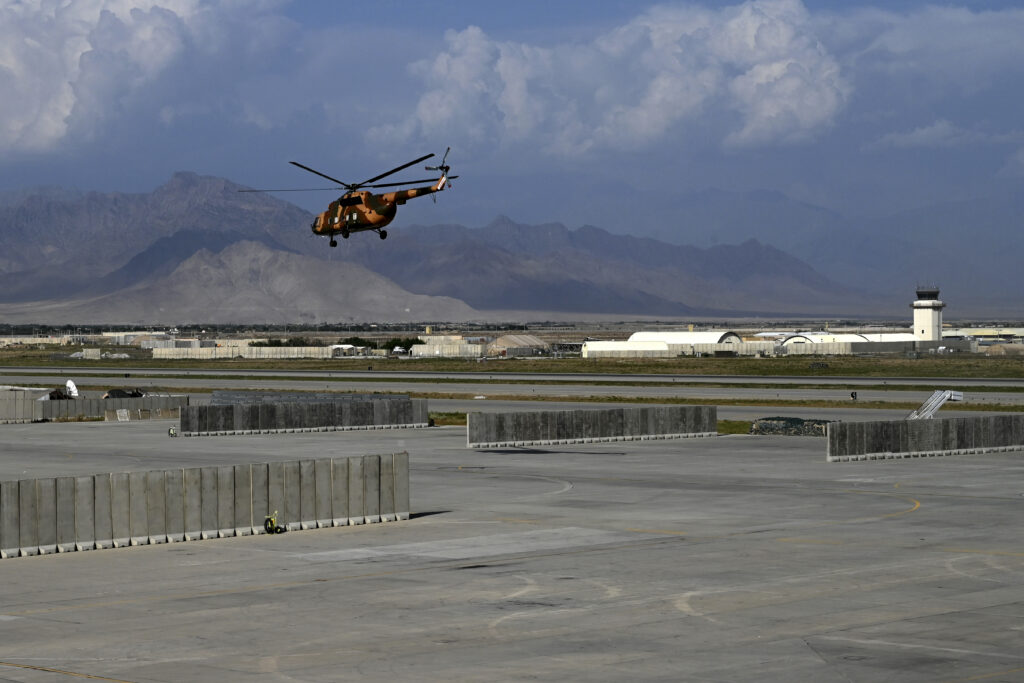Trump due to address thousands at memorial for conservative leader Kirk
Tens of thousands of Americans came together in the southwestern US state of Arizona on Sunday to mourn 31-year-old right-wing influencer Charlie Kirk, with US President Donald Trump due to lead the tributes to the youth leader after he was gunned down last week.The service has drawn an extraordinary level of attention and security, with the top brass of Trump’s administration in attendance and some US media likening it to a state funeral.President Trump waited his turn to address the crowd, hearing speeches from Secretary of State Marco Rubio, Defense Secretary Pete Hegseth and others as the memorial got underway.”You thought you could kill Charlie Kirk? You have made him immortal,” top Trump advisor Stephen Miller said. “You have immortalized Charlie Kirk, and now millions will carry on his legacy.”Among other speakers were right-wing media personality Tucker Carlson, Trump’s Chief of Staff Susie Wiles and Director of National Intelligence Tulsi Gabbard.The event was being hosted by Turning Point USA, the hugely influential youth political campaign group founded by Kirk that is now run by his widow, Erica Kirk.As he left the White House to fly out west and pay his respects, Trump said the service aimed “to celebrate the life of a great man.”At the event, Trump was seen sitting beside billionaire backer Elon Musk, whose acrimonious departure from the White House after his brief tenure overseeing the Department of Government Efficiency (DOGE) was not apparent as the two men chatted.Thousands of people had lined up in the pre-dawn dark, hoping to get into the 63,000-seat American football stadium hosting the service and honor the young Republican star — a close ally of the president whose voter outreach is credited with helping Trump get reelected last year.”I look at him as a Christ martyr, definitely,” Monica Mirelez, a 44-year-old Texan who drove 12 hours to get there, said of Kirk.Jeremy Schlotman, a 21-year-old biology student, said Kirk gave him the courage to express his beliefs on campus.”For example, I think that biological men shouldn’t be in women’s sports. But I was too afraid to talk about stuff like that out loud,” Schlotman said as Christian bands played on stage and the stadium steadily filled up.- ‘Hatred’ -Kirk, 31, was shot in the neck on September 10 while speaking at a Utah university as part of his popular public debate series.Authorities arrested a suspect after a 33-hour manhunt and prosecutors said they would seek the death penalty.The killing has inflamed often acrimonious and sometimes violent political divisions in the United States.Authorities say the suspected 22-year-old gunman cited the “hatred” he believed was stoked by Kirk — who was a vitriolic critic of transgender people, Muslims and others.Kirk used his millions of social media followers, the massive audience of his podcast and appearances at universities to bolster Trump with young voters and fight for a nationalist, Christian-centric political ideology.Even before the alleged killer was identified or arrested, Trump called Kirk “a martyr for truth and freedom” and blamed the rhetoric of the “radical left.”- Crackdown on liberal ‘terrorism’ -In response to the killing, the White House last week declared it would crack down on what it terms “domestic terrorism” by the political left. Trump said he would designate “Antifa” — a shorthand term for “anti-fascist” used to describe diffuse far-left groups — as “a major terrorist organization,” a move he threatened in his first term.Prominent late-night talk show host Jimmy Kimmel was yanked off the air Wednesday, hours after the government threatened to cancel broadcasting licenses because of comments he made about Kirk’s killing.The moves have sparked alarm among Trump’s critics who warn of possible steps to silence dissent of his divisive right-wing White House tenure, marked by a rolling back of social justice policies and an immigration crackdown that has seen widespread complaints of rights abuses.









